Harrisburg scrambled to design municipal flag
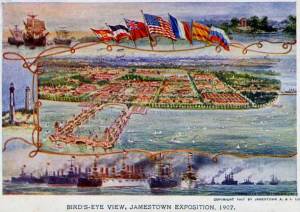
In 1907, Harrisburg, Pennsylvania, had a major problem with a flag and not much time to solve it.
Virginia had invited cities around the U.S. to attend the Jamestown Tercentennial Exposition to mark the founding of that town in 1607. “Bring your flags” was one suggestion, but Harrisburg’s answer was, “We don’t have one.” In 1905, the city had tried to pick a municipal flag, but the proposed design was vetoed by the mayor.
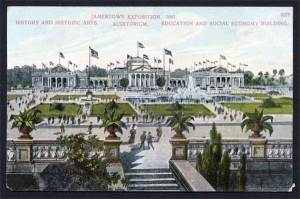
Therefore, when the Jamestown event arose two years later, the city fathers were caught flat-footed. Playing catch-up in mid-April 1907, the mayor invited banner ideas from citizens but gave them only one week to do so.
Members of the design committee set a rule for making their decision: “A flag…is primarily intended to be displayed from a flag-staff, and hence the design should be one easily comprehended by the observer.” Meanwhile, The Patriot, Harrisburg’s newspaper, opined that the chosen banner “must be…worthy of the Capital City,…symbolical of the foundation or history or growth or aspirations of Harrisburg, and at the same time simple and dignified.”
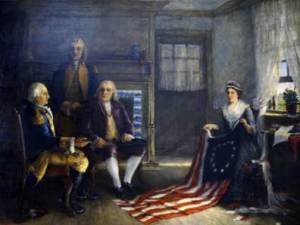
That’s quite a recipe: Easily comprehended while conveying many themes.
As the opening of the Virginia event neared, its significance expanded when President Theodore Roosevelt agreed to attend. The Associated Press reported that “every steamer and every train reaching Norfolk [where the event would be held] brought thousands of visitors.”
Harrisburgers proved to be up to their last-minute challenge. Just two weeks after asking for ideas from the public, a Patriot headline screamed: “HARRISBURG HAS CITY FLAG” that was “HISTORICALLY SYMBOLICAL.”
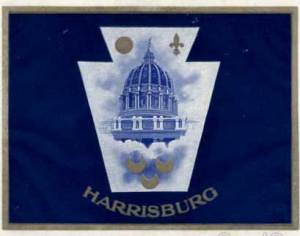
Central on the newborn blue banner was a white keystone, reflective of the state’s nickname. The flag was also jammed with symbols: the dome of the State Capitol, pieces from the coats-of-arms of the Penn and Harris lines, and the name of the city writ large on the bottom.
The Penn family arms contributed disks to the flag, while the Harris emblem offered crescents. A fleur de lis on the banner was a nod to Dauphin County, in which the capital sits. The county was named for the Dauphin of France, the eldest son of King Louis XVI, who aided the American Revolution.
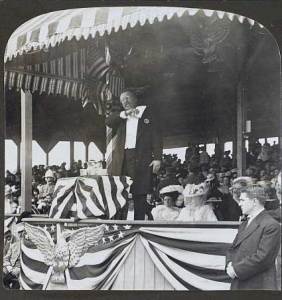
The municipal flag was only part of the work required for the Exposition. Pennsylvania also needed to build an exhibition building and decided to go all-out by constructing a replica of Independence Hall in Philadelphia, where the Declaration of Independence and Constitution were adopted.
Once built in Virginia, the site was crammed with exhibitions, including a copy of a painting titled “Birth of Our Nation’s Flag,” by Charles Weisgerber, showing “in exquisite coloring the first American flag with its glorious stars and stripes” as well as Betsy Ross. The building also housed municipal flags from throughout Pennsylvania, including the state capital’s last-minute design.
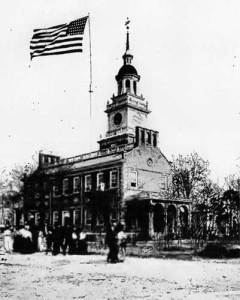
With little time, the state and Harrisburg had proved worthy of the challenge from the Exposition. How worthy? More than a century later, Pennsylvania’s building is one of the few 1907 exhibition structures still standing in Virginia.
